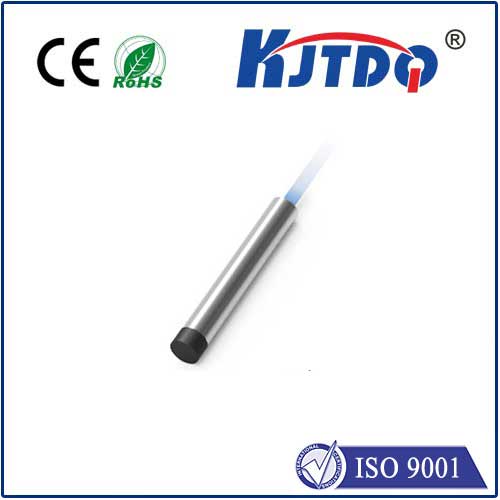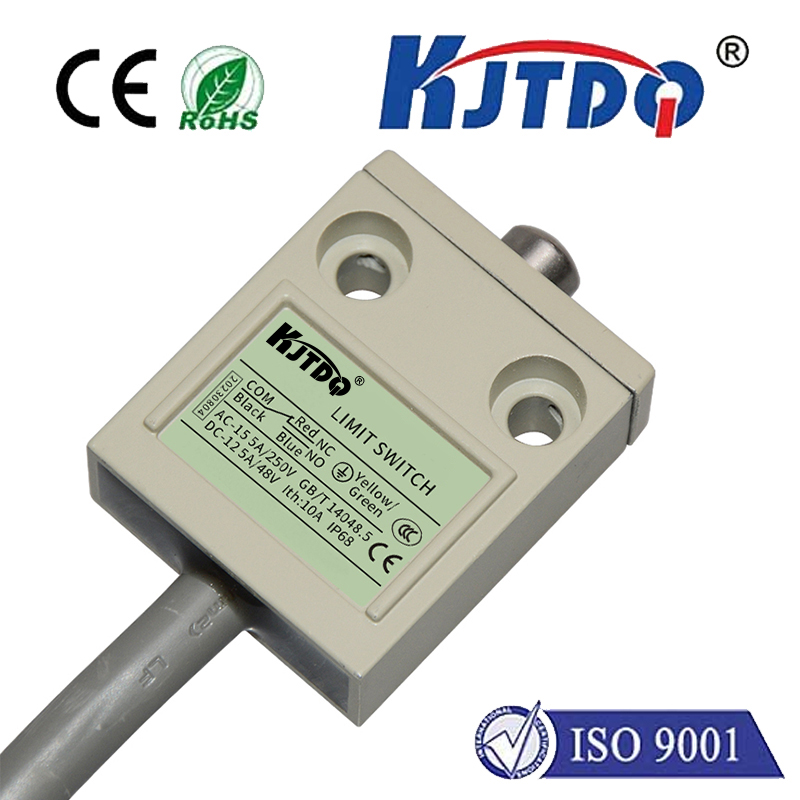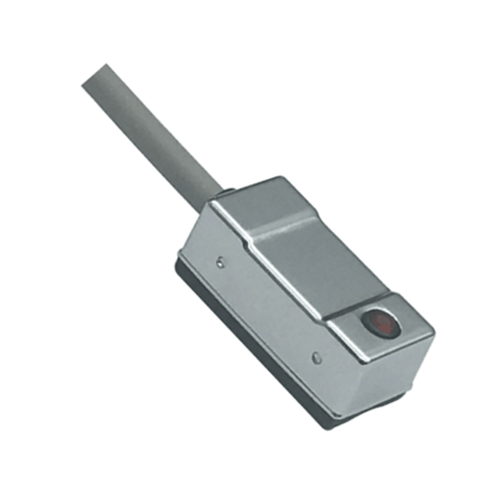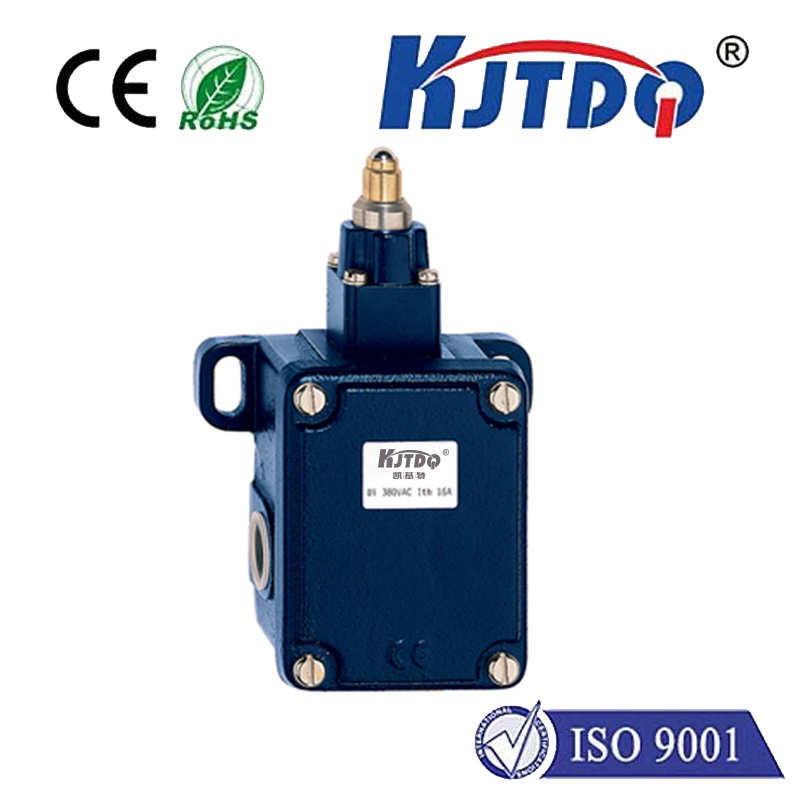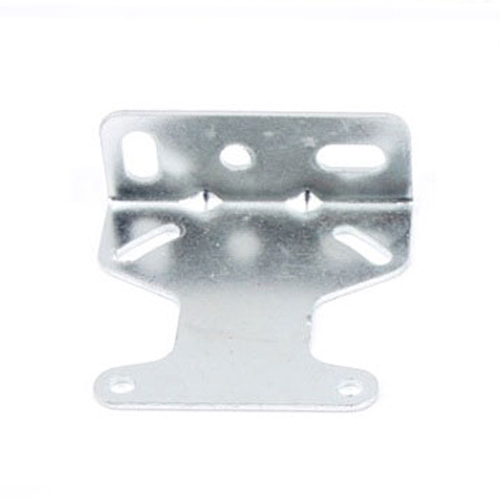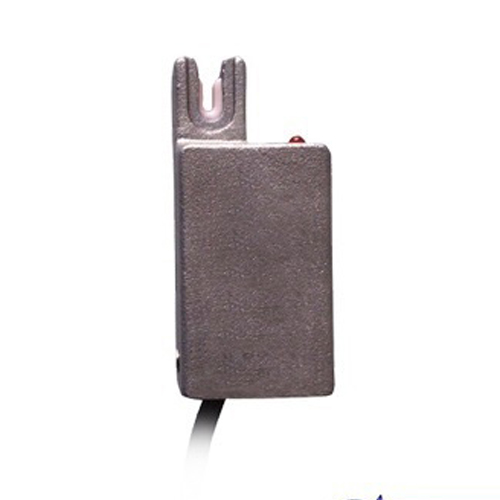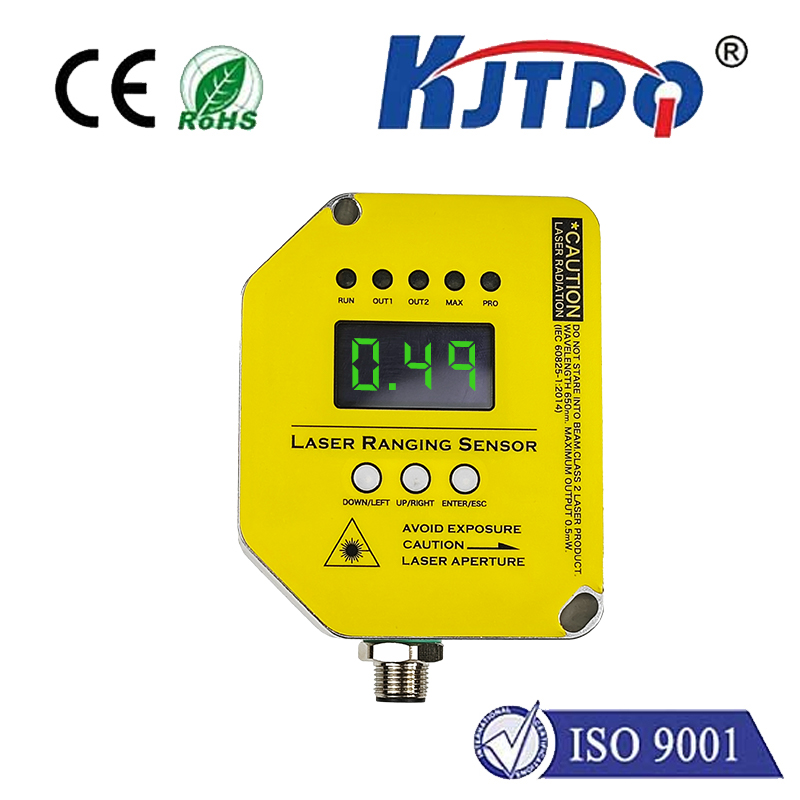laser distance sensor 4 20ma
- time:2025-09-08 14:51:45
- Click:0
Precision Meets Power: Why 4-20mA Output is Critical for Industrial Laser Distance Sensors
Imagine this: A technician deep within a massive paper mill is tasked with monitoring the precise fill level of a towering pulp silo. Dust hangs thick in the air, machinery hums incessantly, and electrical interference crackles through the environment. A simple USB or Wi-Fi sensor? Forget it. What’s needed is unwavering accuracy transmitted reliably over long distances, cutting through the industrial chaos. This is precisely where the powerful combination of laser distance measurement and the robust 4-20mA output signal shines brightly.
Laser distance sensors represent the pinnacle of non-contact measurement technology. By emitting a focused laser beam and precisely measuring the time-of-flight or phase shift of its reflection, they deliver exceptional accuracy, often down to sub-millimeter levels, even over considerable distances. This makes them invaluable across diverse sectors – from manufacturing lines ensuring component placement perfection, to logistics centers automating pallet dimensioning, to construction sites verifying structural alignments. The laser provides the precision.
However, harnessing that precision reliably within demanding industrial settings presents unique challenges. Electrical noise from heavy motors, variable frequency drives, and welding equipment can easily swamp delicate digital signals. Environments might be humid, corrosive, explosive (requiring intrinsic safety), or subject to extreme temperatures. Signals often need to travel hundreds of meters without degradation. This is where the 4-20mA current loop protocol proves its mettle.

Despite the rise of digital fieldbus protocols, the simplicity, resilience, and universality of 4-20mA output remain unmatched for critical analog data transmission, particularly from sensors like laser distance finders. Here’s why this pairing is so potent:
- Legendary Noise Immunity: Unlike voltage-based signals, which are susceptible to voltage drops and electromagnetic interference (EMI), current signals are inherently noise-resistant. The transmitter (your laser sensor) regulates the current flowing in the loop. External noise might induce a small voltage fluctuation on the wires, but this does not significantly alter the current value that the receiving device (PLC, controller, display) measures. This translates to rock-solid signal integrity, crucial in electrically noisy factories or outdoor installations.
- Long-Distance Capability: Because the system relies on current rather than voltage level, 4-20mA signals can travel exceptionally long distances – easily hundreds of meters, even thousands with proper wiring – without requiring signal boosters. Voltage drops over long cable runs degrade voltage signals, but they have minimal impact on the regulated current value received at the endpoint.
- Live Zero Distinction and Fault Detection: The 4-20mA range itself incorporates a brilliant diagnostic feature. 4mA represents the “live zero” or minimum scale value (e.g., maximum distance), while 20mA represents the maximum scale value (e.g., minimum distance). Crucially, 0mA clearly indicates a fault condition – a broken wire, sensor failure, or power loss. Digital protocols require more complex error-checking mechanisms to achieve similar diagnostics. This provides instant, unambiguous feedback on system health.
- Intrinsic Safety (IS) Compatibility: For hazardous locations where explosive atmospheres exist (e.g., chemical plants, oil refineries, grain elevators), 4-20mA loops are ideally suited for implementing intrinsic safety barriers. These barriers limit the energy available in the loop to levels incapable of causing ignition, making intrinsically safe laser distance sensors with 4-20mA output the only viable option for such critical monitoring tasks.
- Universal Compatibility: The 4-20mA standard is arguably the most widely understood and supported analog signal in industrial automation. Virtually every Programmable Logic Controller (PLC), Distributed Control System (DCS), process indicator, data logger, and SCADA system has built-in modules ready to accept a 4-20mA input. This plug-and-play compatibility simplifies system integration dramatically.
- Two-Wire Simplicity: Many 4-20mA laser sensors operate on a simple two-wire system. The same two wires carry both the power to operate the sensor (typically a 12-30V DC loop supply) and the measurement signal itself. This drastically simplifies installation and reduces wiring costs compared to sensors requiring separate power and signal cables.
Critical Applications Enabled by 4-20mA Laser Sensors:
The synergy of laser precision and robust 4-20mA output unlocks solutions in challenging environments:
- Continuous Level Monitoring: Tank levels (liquids, solids), silo fills (grain, powder) in chemical plants, food processing, water treatment – often in ATEX/IECEx zones.
- Position and Thickness Control: Verifying the position of products on high-speed conveyors, controlling roll gaps in metal or paper mills.
- Automated Guided Vehicles (AGVs): Precise docking and object detection, where reliability is paramount in dynamic factory floors.
- Bulk Material Handling: Monitoring stockpiles, controlling filling processes outdoors or in dusty transfer stations.
- Remote Monitoring Stations: Environmental sensing, dam level monitoring, or bridge deflection measurement where signals traverse long cable runs.
Selecting the Right 4-20mA Laser Distance Sensor:
When specifying a laser distance sensor with 4-20mA output, key considerations include:
- Measurement Range & Accuracy: Choose according to your specific distance needs and the precision required for your process. Sub-millimeter accuracy is common for laser sensors.
- Environmental Rating: Ensure adequate Ingress Protection (IP rating) (e.g., IP65, IP67, IP69K) for dust and moisture, and operating temperature range suitability.
- Hazardous Area Certification: If required, select a sensor certified for the relevant ATEX/IECEx zone and ensure compatibility with intrinsic safety barriers.
- Laser Class & Safety: Confirm the laser is Class 1 or Class 2, generally considered eye-safe under normal operating conditions, but always follow safety guidelines.
- 4-20mA Configuration: Check configurable range mapping (e.g., set 4mA = 0 meters, 20mA = 10 meters) and loop power supply requirements. Zero and span adjustment capability is often essential.
In an industrial landscape demanding ever-greater precision and unwavering reliability, the laser distance sensor equipped with a 4-20mA output stands as a cornerstone technology. It masterfully bridges the gap between the micron-level accuracy of laser measurement and the rugged, fault-tolerant communication needs of demanding industrial environments. While digital communication offers advantages in some scenarios, the fundamental benefits of noise immunity, long-distance transmission, inherent fault detection, intrinsic safety potential, and universal compatibility ensure that 4-20mA remains the output of choice for mission-critical distance measurement applications where failure is not an option. Integrating this powerful combination provides the robust data backbone essential for optimizing processes, enhancing safety, and ensuring quality in the toughest operational conditions.












